What is the tolerance range of precision screws?
What is the tolerance range of precision screws?
Service Hotline
+86760-8787 8587We have more than ten years of production experience in the screw industry, the main products are: black galvanized washers, complete screws, chassis and cabinet studs, die-casting knurled nuts, machine wire screws, thread rods, screw rods, ceilings, flat head hexagon Screw nuts, wave spring washers, shrapnel steel ball nuts, machine wire cross flat-tail electronic small screws, GB810 small round nuts, high-strength screws, cross three-combination bolts, black pin GB882 pin T-shaped flat head with hole pin, nylon hexagon head bolts etc. Firmware, due to different product materials and specifications, the price is also different, please contact us if necessary.


At present, the electrical control boxes of the market regulators all include a box body with built-in circuit board components and a box cover that is fastened together with it. The box cover is mostly fastened on the box body by self-supplied screws. The following problems are: First, there are many electric control lines on the circuit board in the box. When installing the self-supplied screws, the electric control lines may be damaged, which may easily cause a short circuit of the electric control, which is a potential safety hazard; Electric batch and other tools are inconvenient to install and disassemble, and the production cost is high.
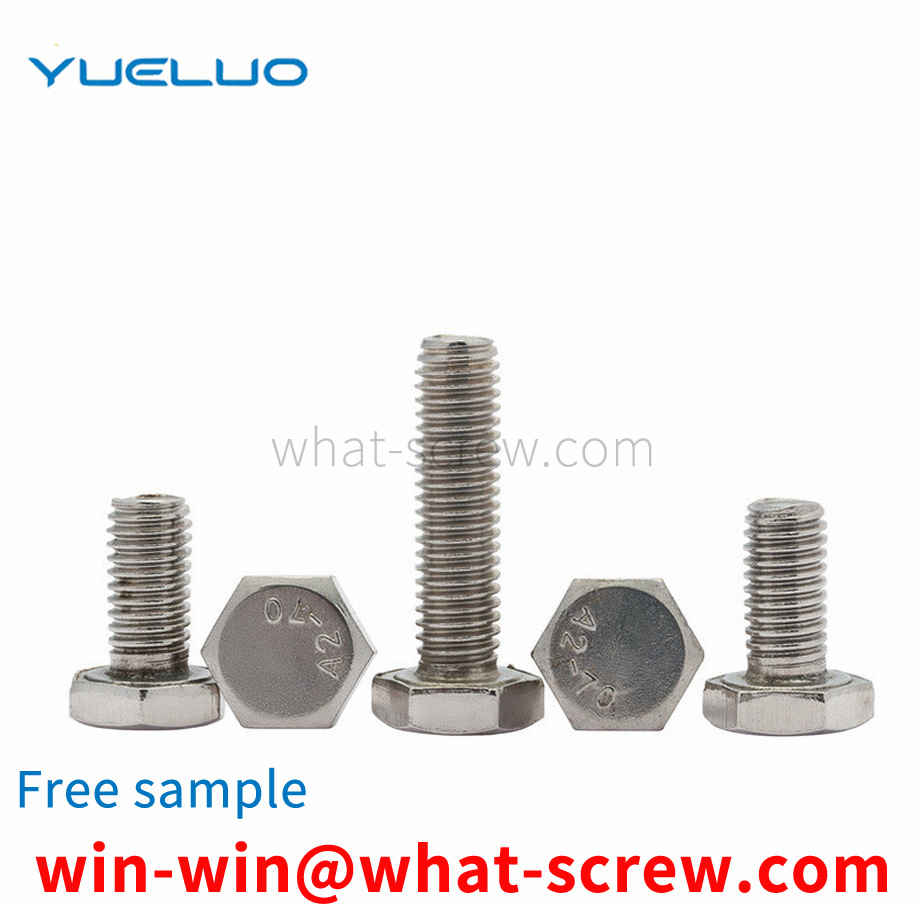
According to relevant standards, the performance grades of carbon steel and alloy steel bolts are divided into more than 10 grades such as 3.6, 4.6, 4.8, 5.6, 6.8, 8.8, 9.8, 10.9, 12.9, etc. Among them, the bolts of grade 8.8 and above are made of low-carbon alloy steel or medium Carbon steel and heat treatment (quenching, tempering) are generally called high-strength bolts, and the rest are generally called ordinary bolts. The bolt performance grade label consists of two parts of numbers, which represent the nominal tensile strength value and yield ratio of the bolt material respectively. Stainless steel bolts are divided into A1-50, A1-70, A1-80, A2-50, A2-70, A2-80, A3-50, A3-70, A3-80, A4-50, A4-70, A4-80, A5-50, A5-70, A5-80, C1-50, C1-70, C1-110, C4-50, C4-70, C3-80, F1-45, F1- 60. The first letter and number represent the stainless steel group, and the second and third numbers represent 1/10 of the tensile strength. [2]
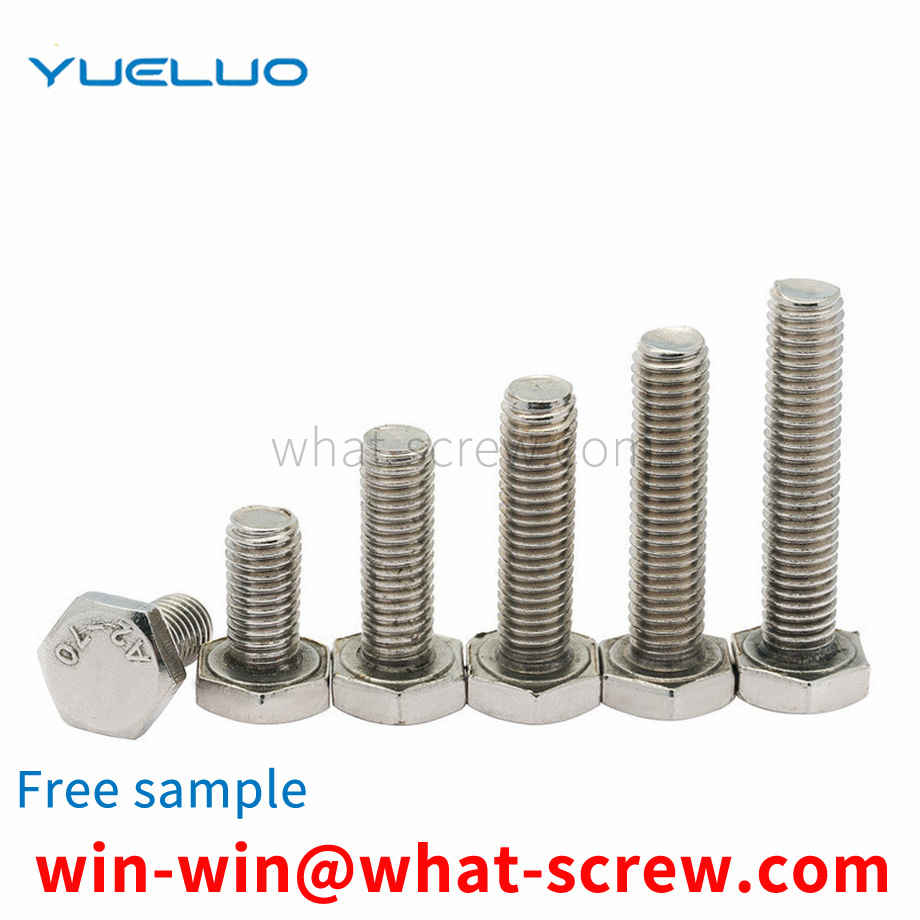
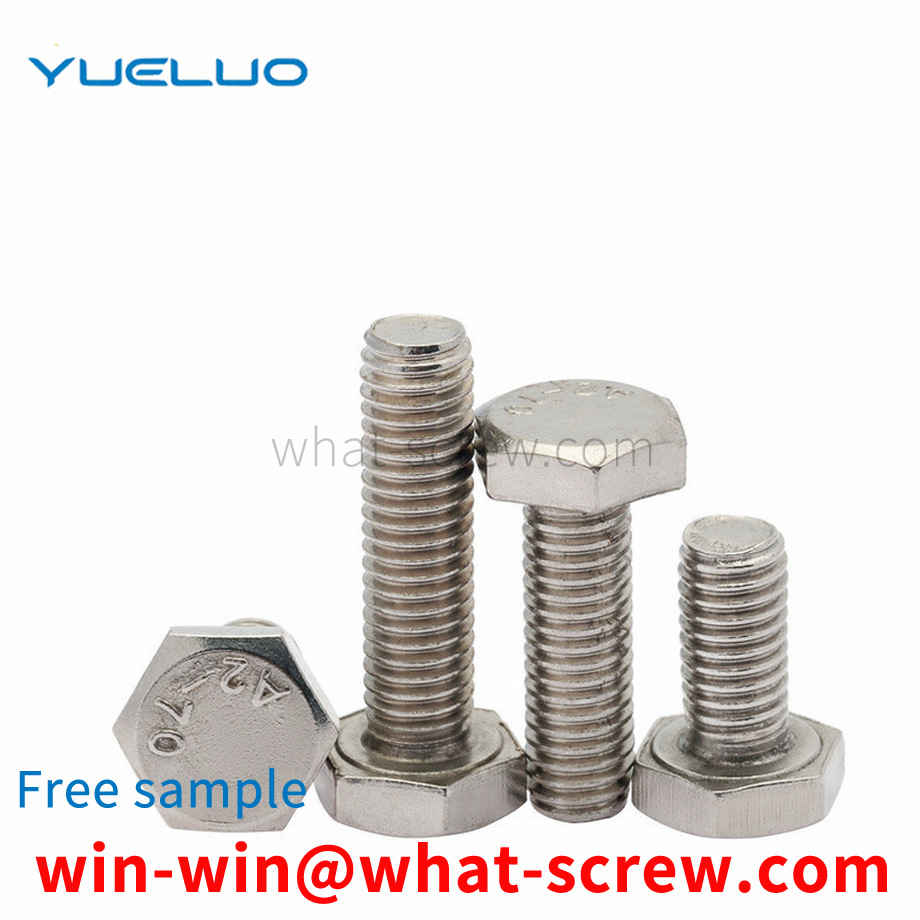
The two combination screws are classified according to the national standard, including GB9074.2, GB9074.3, GB9074.5, etc. GB9074.3 refers to a two-component combination of a cross pan head screw and a foreign lock washer.
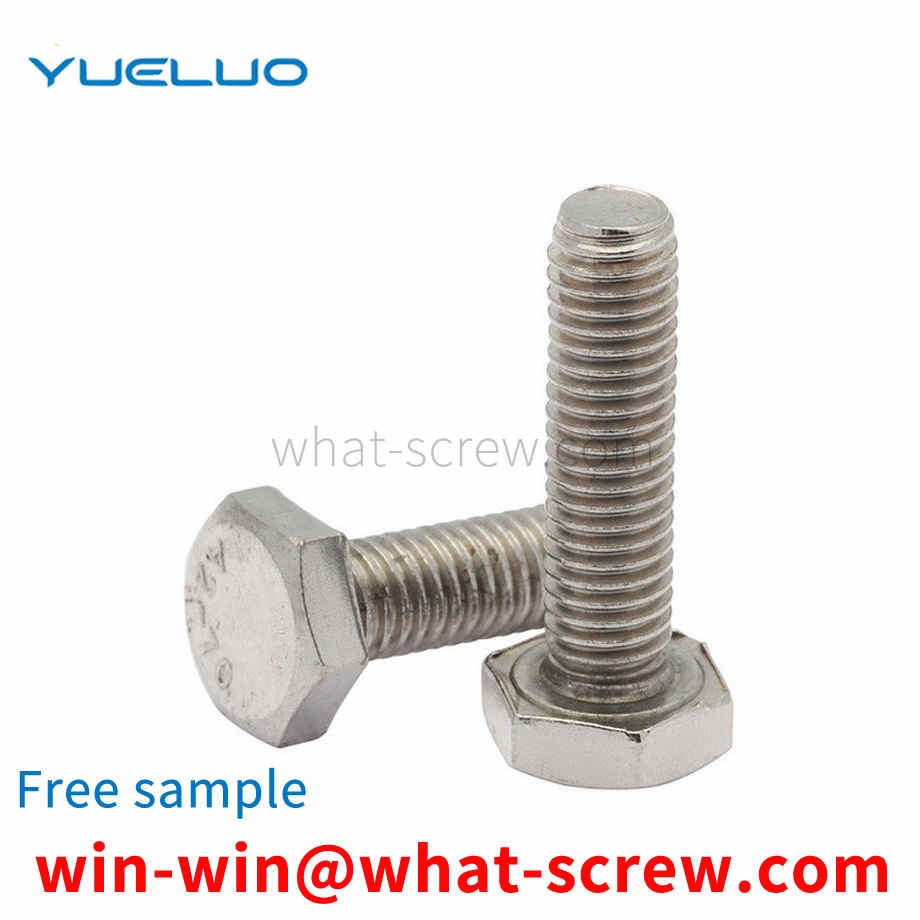
The advantages of the pressure riveting nut: 1. The length guarantee of the distance range is realized, which greatly simplifies the assembly process and speeds up the production progress of the assembled spacing panel and accessories; 2. The back of the plate is completely embedded and flat, while ensuring the head of the nut column The plane is smooth with the plate; 3. The raw material is free-cutting iron or free-cutting stainless steel; the technical guide for the application of the pressure riveting standoff: 1. When selecting the standoff, it must be based on the thickness of the plate used, the exact size range, and the hardness of the low-carbon steel plate must be less than 70RB, the hardness of stainless steel plate must be less than 80RB. 2. The surface of free-cutting iron is treated, and the stainless steel maintains its original color. Users can order according to the model and specifications in the table according to their needs, or they can also make special orders according to their needs. 3. The hole size of the plate must be processed according to the tolerance size of 0-+0.075mm, and punching is recommended. 4. The installation must be realized by press riveting operation, and it must not be knocked in by impact. 5. When the material is stainless steel, the tail number should be marked with S. 6. The end face of the nut column is represented by C. 7. The length of the through-hole nut column is full wire below 10mm. If it is above 10mm, it can be reamed on the hexagonal end face (type I) or the round end face (type II).
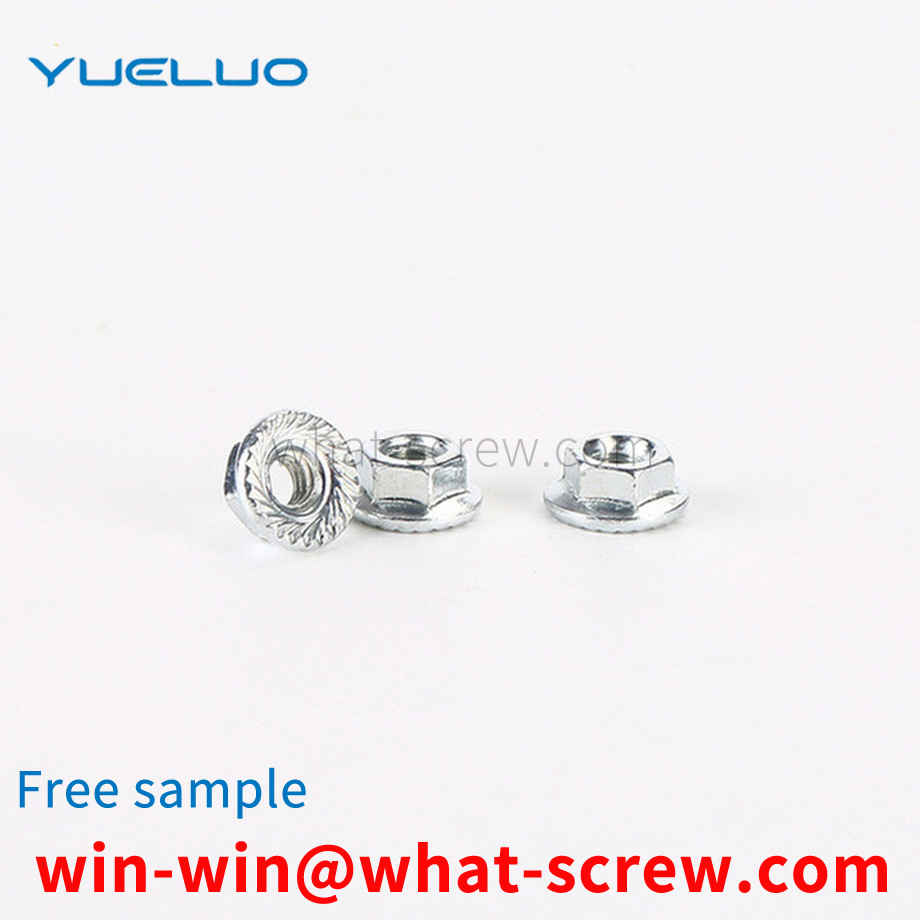
The above content is uploaded by Yueluo or the Internet. If there is any copyright issue, please contact [email protected].

What is the tolerance range of precision screws?

How to choose the right stainless steel screw manufacturer?

Why is there an R angle under the head of the hexagon head s...

We have more than ten years of production experience in the ...

We have more than ten years of experience in the production ...

We have more than ten years of experience in the production ...

We have more than ten years of experience in screw industry ...